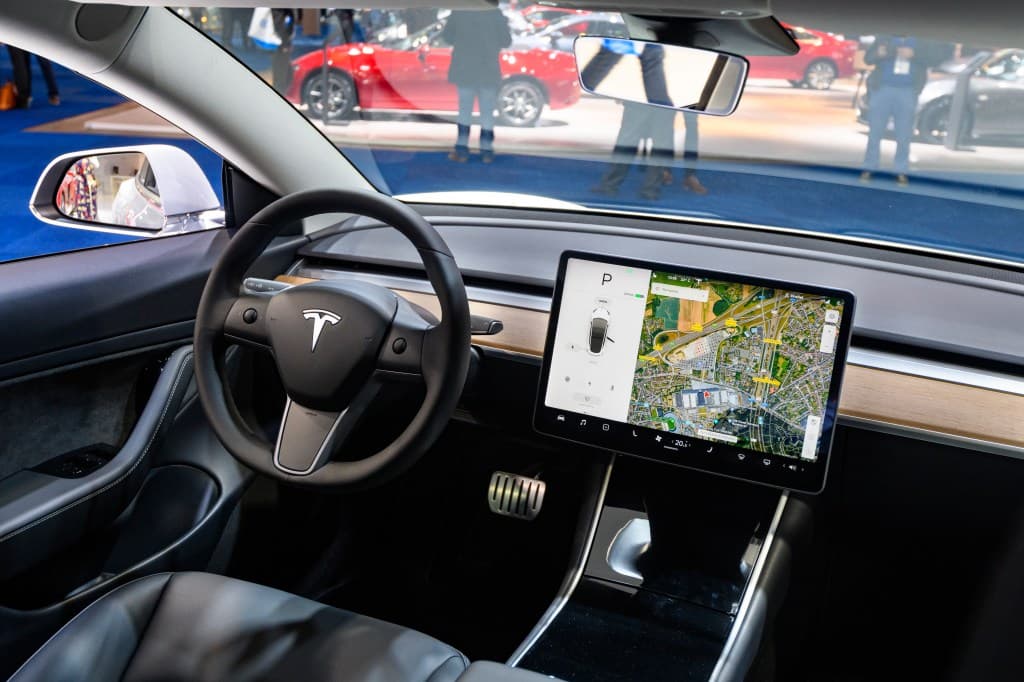
As we witnessed the unveiling of Tesla's robotaxi at the latest event, the buzz around Elon Musk's vision for the future of transportation reached new heights. The CEO's announcement of an 'unsupervised' version of FSD (Full Self-Driving) technology, expected to hit the roads of California and Texas in 2025, raised eyebrows for its potential implications on the autonomous vehicle regulatory landscape. In this blog post, we'll delve into the intricacies of unsupervised FSD, the trucking industry's automation revolution, and the hurdles that Tesla must overcome to make its robotaxi a reality.
Before we dive into the specifics, it's essential to understand what 'unsupervised FSD' actually means. In essence, it could either be a Level 4 autonomous driving system that operates without human intervention or a Level 3 system that requires occasional human supervision. So, what are the regulatory implications of such a technology?
In Texas, the autonomous vehicle regulations are relatively lenient, allowing companies to deploy AVs with or without human drivers present. However, California, on the other hand, is a different story. Tesla currently holds a drivered testing permit, which allows it to test its autonomous technology on public roads with a safety driver. But to deploy a Level 4 system, the company would need to obtain a driverless testing permit and a deployment permit. Moreover, to operate a ride-hail service, Tesla would need to secure permits from the California Public Utilities Commission.
As we look to the future of autonomous transportation, it's crucial to recognize that regulatory frameworks are still evolving. Federal motor vehicle safety standards (FMVSS) might pose a significant hurdle for Tesla's robotaxi, given its design without traditional driver controls. To date, the National Highway Traffic Safety Administration (NHTSA) has granted only one exemption for a driverless vehicle, and companies like General Motors and Amazon are still waiting for approvals.
The regulatory landscape is complex, and it's no wonder that investors were spooked by Musk's lack of clarity on how Tesla plans to navigate these challenges. The company's stock fell nearly 10% following the event, and it's unclear whether Tesla will be able to overcome the regulatory hurdles to bring its robotaxi to life.
Despite the challenges, the trucking industry is poised for a revolution. Automated technologies have the potential to increase efficiency, reduce accidents, and improve working conditions. As we move forward, it's essential that regulatory bodies and policymakers work hand-in-hand with industry stakeholders to create a clear and consistent framework for autonomous vehicles. The future of transportation is complex, but with the right guidance, we can unlock the true potential of innovation and bring about a safer, more efficient, and more sustainable transportation future.
In conclusion, the rise of unsupervised FSD and robotaxis is an exciting development, but it's essential to acknowledge the regulatory challenges that lie ahead. As the industry continues to evolve, it's crucial that companies like Tesla work closely with regulatory bodies to create a clear and consistent framework for autonomous vehicles. By doing so, we can unlock the true potential of innovation and bring about a safer, more efficient, and more sustainable transportation future.